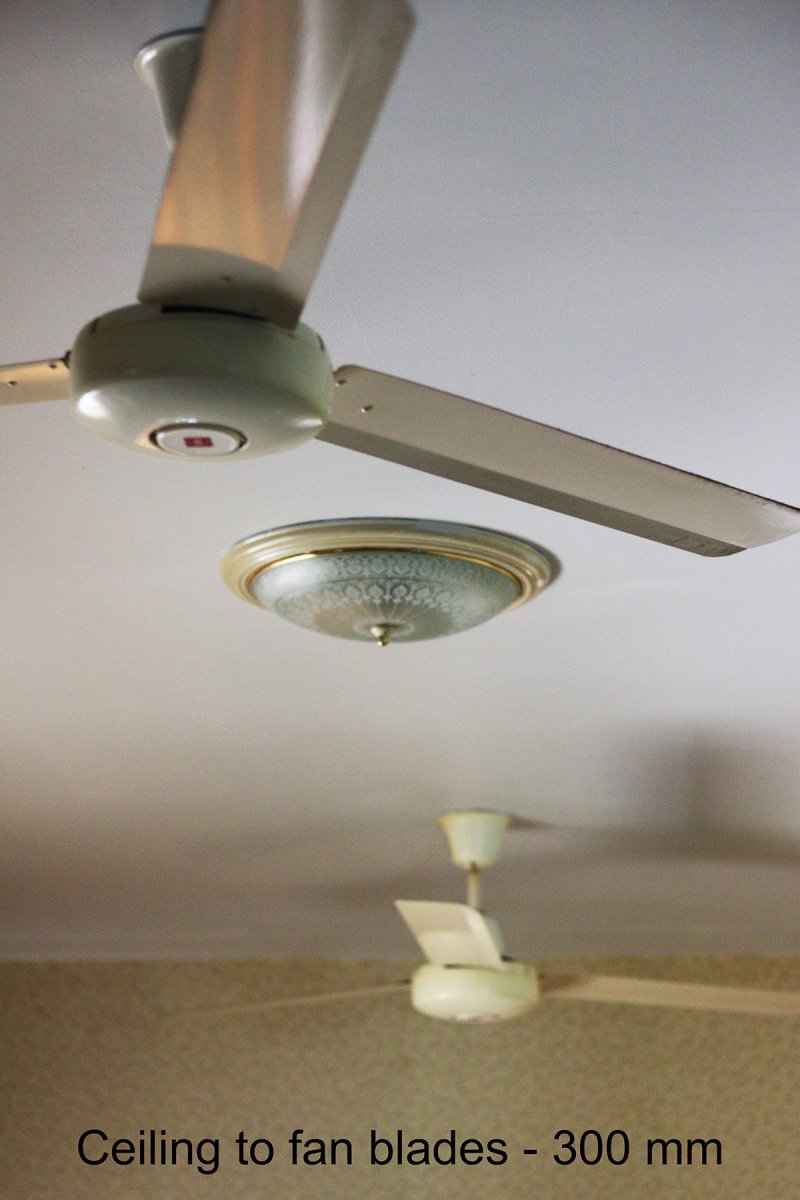Merlin
You chose a custom title
If you listen to AtB the ceiling height doesn't matter (same 2.00m or 4.00m).
True enough. Hot air rises, while the cool air from the aircon settles under hot air (until it heats up, and then it rises again as it is replaced by more cool air from the AC.) That creates a cycle effect. If the air at ceiling height can eventually be cooled by that method, it will happen much sooner where the ceiling is 2m high than when the ceiling height is 4m but unless you are over 2m tall you really won't notice...

